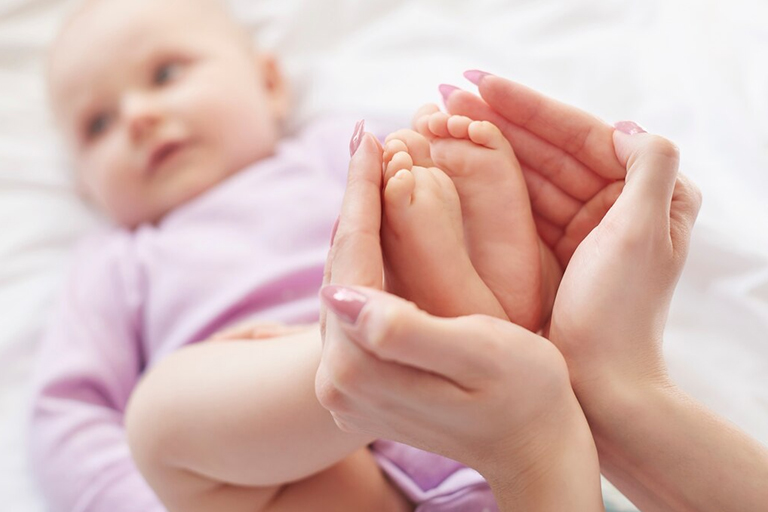Introduction
The arrival of a newborn is a joyful and transformative experience, but it also comes with the immense responsibility of ensuring their health and safety. This guide provides essential information for new parents to help monitor their baby’s growth, manage common illnesses, and create a safe and hygienic home environment. From regular pediatric care to baby-proofing your home, we’ll cover the key aspects of newborn health and safety to help you navigate this critical period with confidence.
“The safety of your newborn reflects the love and care you provide.”
Mazboot Pakistan.
Regular Pediatric Check-Ups and Vaccinations
1. Importance of Pediatric Check-Ups:
- Monitoring Growth: Regular visits to a pediatrician are crucial for tracking your baby’s physical and developmental milestones. These check-ups help ensure your baby grows as expected and address any concerns early.
- Health Screenings: Pediatricians conduct routine screenings to detect potential health issues, such as congenital conditions or developmental delays, allowing for timely intervention.
2. Vaccinations:
- Preventive Care: Vaccinations protect your baby from serious diseases and infections. Following the recommended immunization schedule helps build immunity and prevent outbreaks of preventable illnesses.
- Schedule: Ensure you keep track of your baby’s vaccination schedule and attend all appointments. Your pediatrician will provide a detailed schedule for vaccinations and booster shots.
Common Newborn Illnesses and Management
1. Colic:
- Description: Colic is characterized by excessive crying and fussiness, often occurring in the late afternoon or evening. It typically resolves on its own within a few months.
- Management: Strategies to soothe a colicky baby include holding and rocking, using white noise, and ensuring a calm environment. Consult your pediatrician if colic persists or worsens.
2. Jaundice:
- Description: Jaundice is a common condition in newborns, causing yellowing of the skin and eyes due to elevated bilirubin levels.
- Management: Most cases of jaundice resolve with time. Your pediatrician will monitor bilirubin levels and may recommend treatments like phototherapy if necessary.
3. Diaper Rash:
- Description: Diaper rash is a common skin irritation caused by prolonged contact with wet or soiled diapers.
- Management: Keep the area clean and dry, change diapers frequently, and use a barrier cream to protect the skin. If the rash persists, consult your pediatrician for further advice.
Safe Sleep Practices
1. Creating a Safe Sleep Environment:
- Firm Mattress: Use a firm mattress in a safety-approved crib to reduce the risk of Sudden Infant Death Syndrome (SIDS). Avoid using soft bedding, pillows, or toys in the crib.
- Sleep Position: Always place your baby on their back to sleep, as this position significantly reduces the risk of SIDS.
- Room Sharing: Consider room-sharing without bed-sharing. Place the baby’s crib or bassinet in your room to ensure they are close by while maintaining a separate sleep space.
2. Sleep Safety Tips:
- Temperature Control: Maintain a comfortable room temperature (68-72°F or 20-22°C) and dress your baby in appropriate sleepwear to prevent overheating.
- Avoid Smoking: Keep your baby’s sleep environment smoke-free to reduce the risk of SIDS and respiratory issues.
For a deeper understanding of how to help your baby develop healthy sleep habits, visit our Understanding Newborn Sleep Training: A Comprehensive Guide. This resource provides detailed insights into different sleep training methods and offers practical advice for establishing a sleep-friendly environment for your newborn.
Home Safety and Baby-Proofing
1. Baby-Proofing Your Home:
- Furniture Safety: Secure heavy furniture and appliances to the wall to prevent tipping. Ensure sharp edges are covered with safety guards.
- Electrical Outlets: Cover electrical outlets with safety plugs to prevent curious fingers from electrical hazards.
- Small Objects: Keep small objects, choking hazards, and toxic substances out of your baby’s reach.
2. Safe Bathing and Hygiene:
- Bathing: Use a baby bathtub or a clean sink with a soft washcloth. Never leave your baby unattended during bath time; ensure the water temperature is lukewarm.
- Hand Washing: Practice regular hand washing before handling your baby, especially after diaper changes and before feeding. Use mild, baby-safe soap to prevent skin irritation.
Maintaining Hygiene and Health
1. Proper Diaper Changing:
- Technique: Change diapers frequently to prevent diaper rash. Clean the diaper area thoroughly with baby wipes or a damp cloth, and allow the area to dry before applying a new diaper.
- Disposal: Dispose of used diapers properly and wash your hands immediately after changing.
2. Feeding and Nutrition:
- Feeding: Ensure that feeding bottles and nipples are sterilized before use. Follow guidelines for preparing formula or expressing breast milk to maintain safety and hygiene.
- Hydration: Follow feeding recommendations to keep your baby hydrated. Consult your pediatrician if you have concerns about your baby’s feeding or hydration.
For a comprehensive look at the different feeding options for your newborn, including the benefits and challenges of breastfeeding and bottle feeding, explore our Nourishing Your Newborn: Breastfeeding vs. Bottle Feeding article. This guide provides detailed information to help you make informed decisions about nourishing your baby and ensuring their well-being.
Conclusion
Ensuring your newborn’s health and safety involves a combination of regular medical care, vigilant home safety practices, and attentive hygiene. By staying informed and proactive, you can provide a safe and nurturing environment for your baby’s growth and development. Remember, your pediatrician is a valuable resource for guidance and support throughout this journey. With these practices in place, you’ll be better equipped to enjoy the early months of parenthood while keeping your baby safe and healthy.

